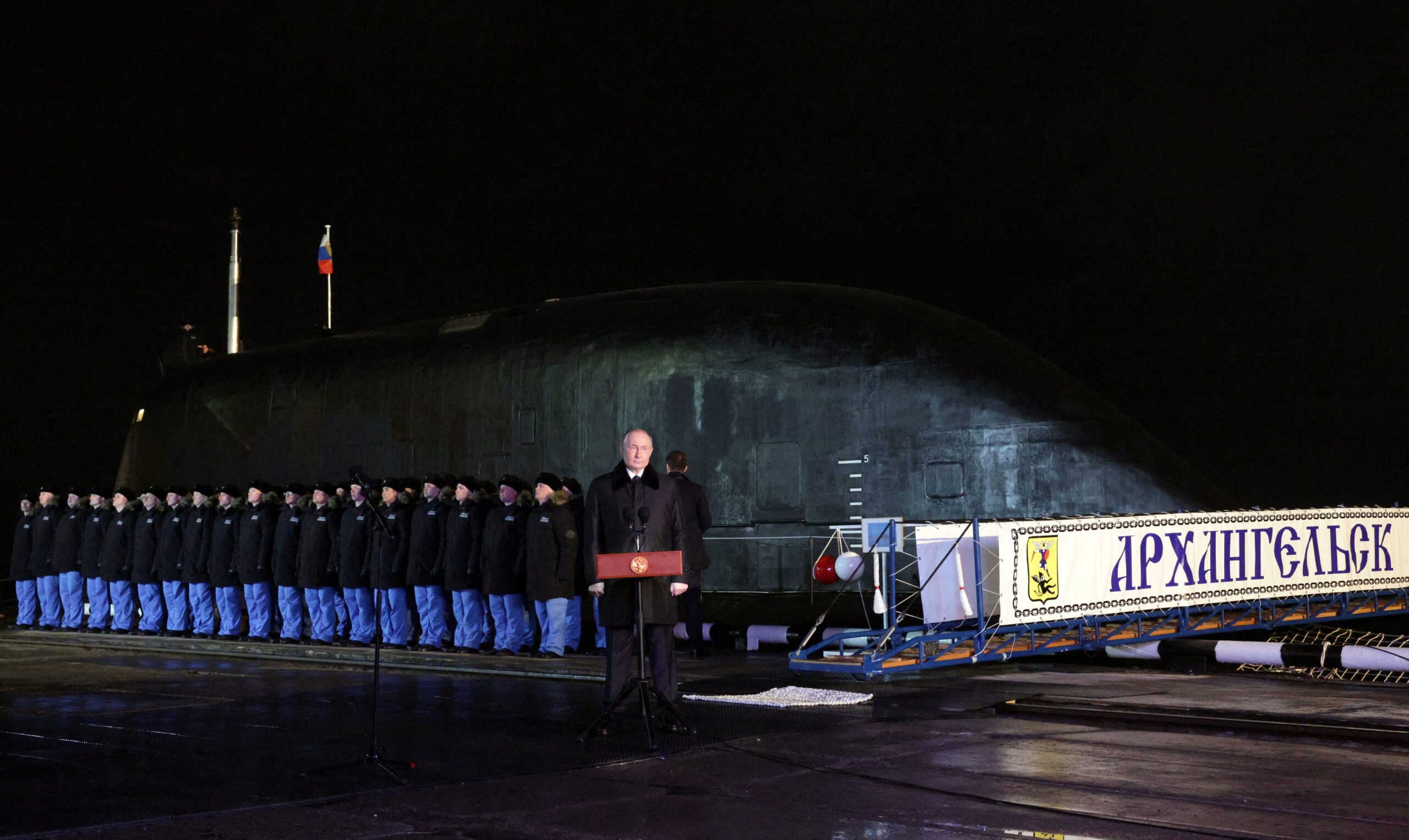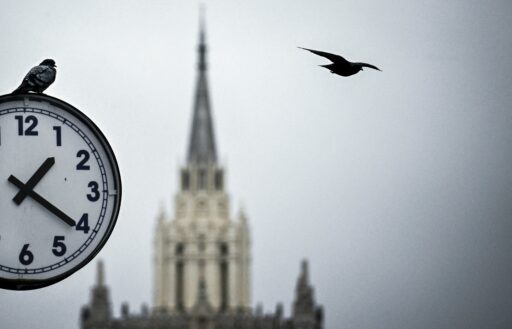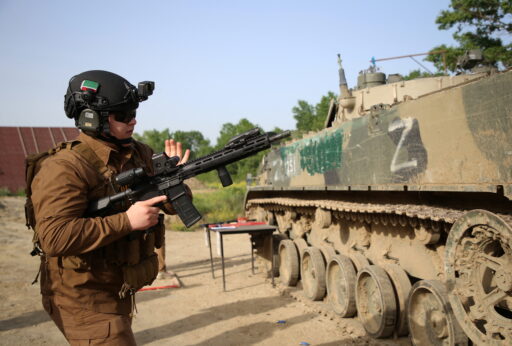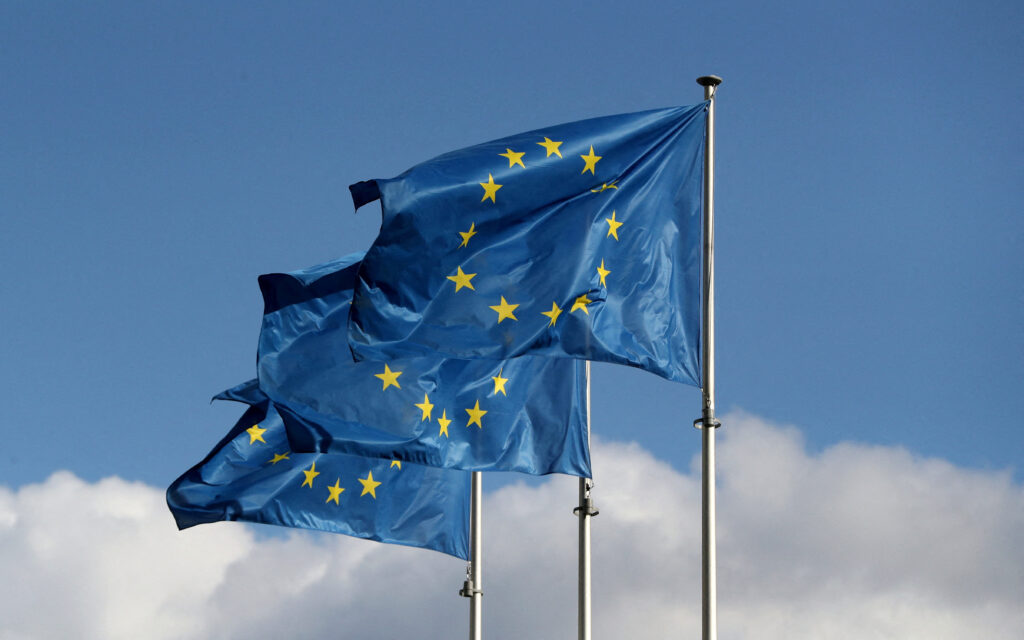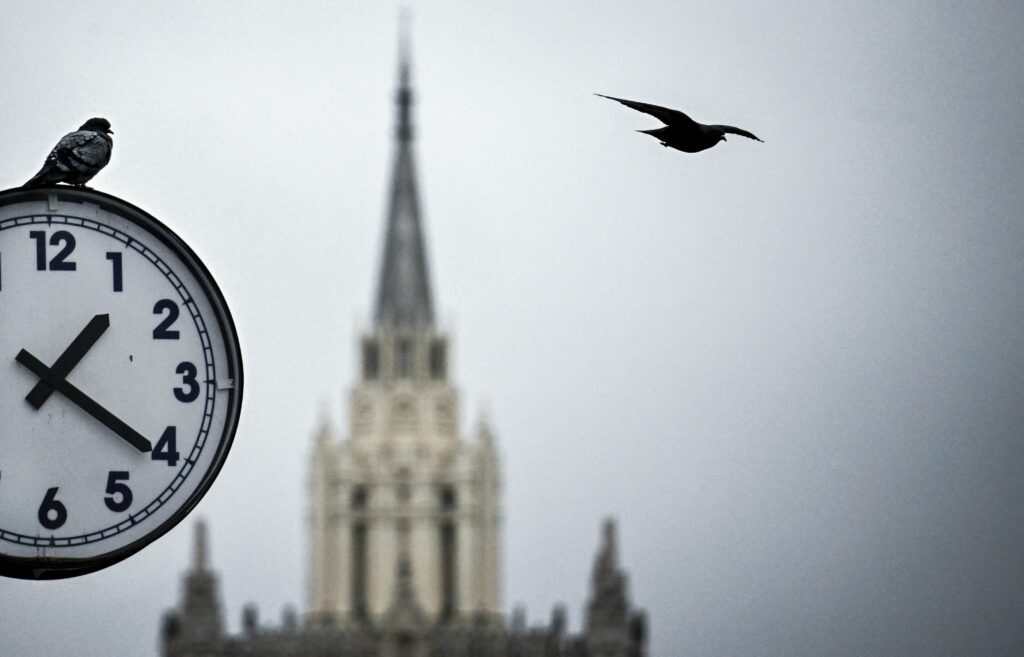What will shape Russia’s Arctic policy in the years ahead—war, sanctions, or shifting global alliances? Drawing on Russia’s Arctic strategies, projects, and approaches, this piece explores potential futures for a region central to Moscow’s ambitions.
How has the 2022 invasion of Ukraine altered Russia’s economic plans in the Arctic, and can China or India fill the gap left by departing Western companies? Will Moscow’s strategic stance remain firm as NATO expands in the region, or could unexpected talks with the United States reshape the geopolitical landscape? From military buildup to shipbuilding aspirations, what paths might Russia pursue—and what do they mean for the Arctic’s future?
Since the invasion of Ukraine began in 2022, Russia’s economic projects, like many other sectors, have been significantly disrupted by the war. The lack of investment and technology, combined with Western companies either abandoning joint ventures or suspending participation, has created major obstacles for developing Russia’s natural resource-based projects in the Arctic. Western investment has dried up, and shipbuilding and industrial firms—those producing technology for icebreakers, ice-class vessels, offshore oil extraction, and LNG production—have largely halted or frozen cooperation with Russia. However, Russia has deepened ties, primarily with China and to a lesser extent India, to advance its Arctic energy projects and redirect markets from the EU to Asia. Still, sanctions mean other actors cannot fully replace the West. Moreover, China alone cannot substitute for Western, South Korean, or Japanese expertise in areas like offshore oil and gas extraction or shipbuilding.
While Russia’s strategic position has not been as severely affected as its economic projects, two more of its Arctic neighbors are now NATO members. Since February 2022, Russia and China have conducted joint military exercises near and in Arctic Ocean waters. Following the invasion, some in Moscow suggested Russia should turn to non-Arctic international organizations like BRICS to counterbalance what they see as a «NATO-controlled» Arctic Council. Yet, recent statements from high-level Russian decision-makers stress that Moscow’s vision of maintaining sovereignty over its Arctic projects remains unchanged.
Uncertainty is growing in Moscow, however, as negotiations between Russia and the United States have recently begun, raising the possibility that Western companies might gradually return to Arctic projects. According to Russian and American officials and media, one potential area for renewed cooperation could be economic projects in the Arctic. American firms might be particularly interested in offshore oil, LNG, and rare earth metals in the Russian Arctic Zone. Although the United States is currently a major LNG exporter and a competitor to Russia in this regard, Washington might encourage American companies to engage in Russian LNG projects, as it did during the Cold War, for geopolitical reasons. Limiting China’s influence in the region, especially economically, remains a key U.S. priority. Theoretically, Moscow might seek to maneuver between the United States and China.
More recently, Putin announced plans to bolster Russia’s military presence in the Arctic. He also emphasized the need for a domestic merchant fleet in the region but admitted that Russia’s shipbuilding capacity alone is insufficient. Last year, Russia and China agreed to jointly design and build Arctic vessels. Putin’s statement could also be seen as a signal to the United States, the European Union, Japan, and South Korea—countries that previously partnered with Russia in shipbuilding before February 2022. Although South Korean firms, such as Samsung Heavy Industries, halted cooperation with Russia after the invasion, they could return once the war ends. Reports suggest that if sanctions are lifted or eased, South Korean companies might resume collaboration with Russian firms, which had previously worked together on LNG tankers at the Zvezda shipyard.
But does this mean Moscow would turn against Beijing if talks with Washington advance, or that Russia-West cooperation in the Arctic would revert to its pre-2022 state? In the scenarios below, I aim to address these and other key geostrategic questions about Russian Arctic policy in the coming years. Here, I focus on three development scenarios following a potential truce between Ukraine and Russia, based on political, security, and economic indicators, as well as trends in the Arctic and the broader international system. Their timeframe spans the next decade:
Scenario 1: Russia and the United States as Partners, as Before 2014, with Normalized EU-Russia Relations
Russia and the United States resolve disputes over Ukraine and other strategic issues. U.S. sanctions are lifted, unlocking investments and technologies for Russian Arctic projects. American companies join Russian firms in energy, shipbuilding, and infrastructure ventures in the Russian Arctic Zone. Following the U.S. lead, EU companies also resume joint projects. China’s role diminishes as a primary source of investment, technology, and markets for Russian energy projects. Competition emerges not only between the United States and China over their presence in Russian Arctic projects but also between EU firms and both powers. Russia capitalizes on this opportunity to develop its High North economic projects and strengthen its economy.
Scenario 2: Russia and the United States Neither Adversaries Nor Partners, with EU-Russia Issues Unresolved
Although Russia and Ukraine reach a truce, full peace remains elusive, and U.S.-Russia relations do not fully normalize. Ties revert to pre-2022 levels but fall short of pre-2014 cooperation. Unresolved issues persist between the EU and Russia, and not all Western sanctions are lifted. Russia gains limited access to Western investments and technologies for its High North economic projects while also collaborating with China, India, and Gulf countries in the Arctic. Although India is a key market for Russian energy, New Delhi relies more on the United States than Beijing does. Moreover, the technology Russia needs for energy projects and shipbuilding is mostly available from China. Cooperation with India in the Arctic, however, allows Moscow to reduce its dependence on China. While the United States fails to drive a wedge between Russia and China in the region, the pace of Chinese involvement in Russian Arctic projects slows, particularly in security cooperation, which stalls.
Scenario 3: Worsening U.S.-EU Relations
Using military force or economic pressure, the United States takes control of Greenland, straining ties with other Arctic NATO and EU members. However, U.S.-Russia relations normalize to pre-2014 levels, as do Russia-EU relations. China exploits this situation to deepen ties with other Arctic countries while maintaining strong relations with Russia. In this scenario, Moscow enters a golden age in the Arctic. Leveraging this geopolitical shift, Russia balances not only between the United States and China but also between the U.S. and its former allies, such as EU members and Canada. With its geography and control over the Northern Sea Route, Moscow gains critical leverage in international relations and Arctic security. The United States, China, and EU members compete for Russia’s favor, either to secure its allegiance or keep it neutral in their rivalries and to participate in its economic projects. This enhances Moscow’s maneuvering room and weakens its primary security concern—NATO’s cohesion in the Arctic.
Scenario 4: Almost the Same as Now, or Even Worse
If no truce is reached between Russia and Ukraine and sanctions persist, Moscow’s Arctic plans will suffer even more than they do now. Although China and India will continue buying affordable Russian oil and LNG, cooperation with China on shipbuilding and energy production technology will deteriorate. Western sanctions will also challenge Chinese investments. In this scenario, Russia-China joint military exercises will increase. While Russia will largely rely on its own resources for Arctic project development, cooperation with China and other interested non-Western countries will face obstacles but persist.
Which Scenario Is Most Realistic?
Interestingly, all potential scenarios for Russian Arctic policy hinge on Moscow’s relations with the United States, China, and the European Union. The future of Russia’s Arctic policy and projects depends heavily on the interplay between Russia, the West, and China. However, this does not mean Moscow is eager to cut ties with China to improve relations with the West—or vice versa. Most likely, in any of these scenarios or others concerning Russia’s Arctic policy, Moscow will strive to balance major powers rather than rely on one at the expense of others whenever possible. This approach would best serve Russia’s Arctic interests. Regardless, while tensions may arise, the likelihood of large-scale military conflict between Russia and other Arctic countries remains low in the coming years. Russia would not seek direct war with NATO. Even if tensions emerge between Washington and other Arctic NATO members, the Arctic’s security remains a core concern for the United States. Although the proximity of Russia and the United States in the Arctic heightens mutual threat perceptions due to their formidable military capabilities, both recognize that any confrontation could lead to a disastrous direct conflict between the world’s two leading nuclear powers. If a large-scale military conflict between Russia and NATO occurs in the Arctic, it would likely be part of a broader war. However, Russia’s malign security activities against other Arctic neighbors are foreseeable.
Please note that the views expressed in this publication are solely those of the author and do not reflect the official stance of the College of Europe
